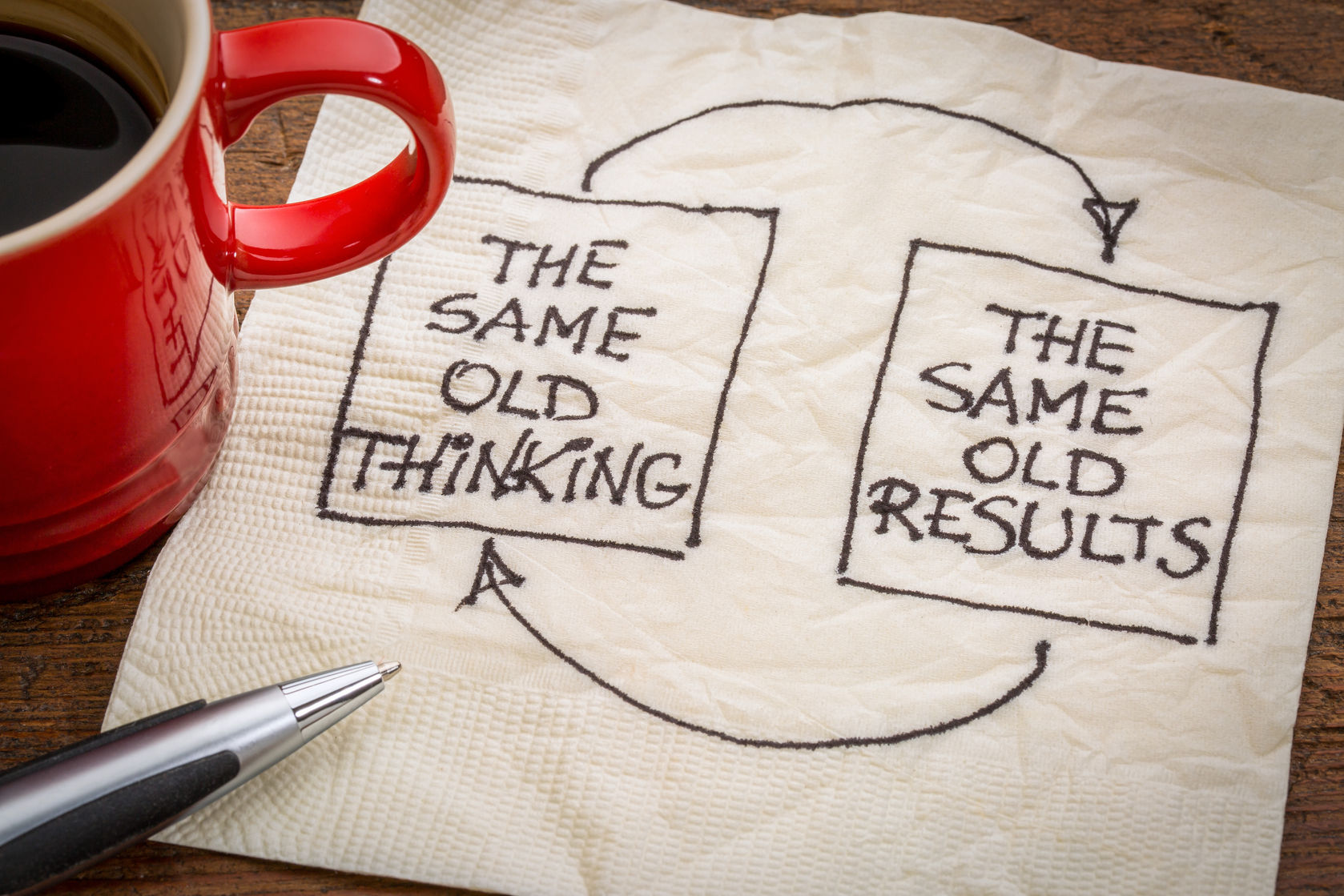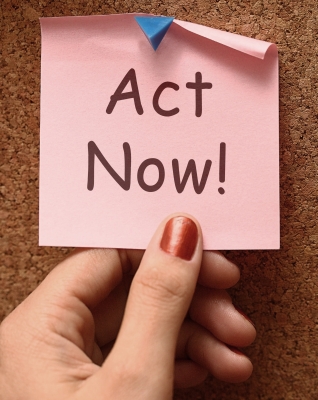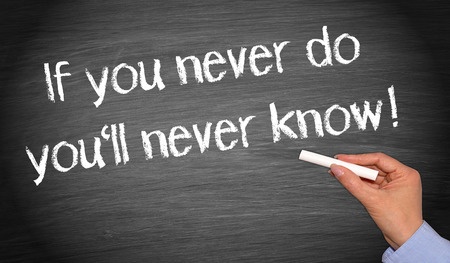Podcast: Play in new window | Download
Subscribe: RSS
[embedyt] https://www.youtube.com/watch?v=4-Ijrwhg4NM[/embedyt]
“Motivation is what gets you started.
Habit is what keeps you going.”
Jim Rohn
Our habits are foundational to our success. I have been studying personal development for decades and it always fascinates me to learn the success habits of powerful people in life, leadership, and business. I love learning about how people grow and transform their lives. Success leaves clues so it is important to pay attention. Over the years, I have adapted and adjusted my routines to find out work best for me. If I made you pause over the last statement – great! I changed my routines to create new habits.
There is a difference between habits and routines.
Routine
When you have a routine, you have a set of habits. You have a regular way of doing things. A routine requires that you think about you are doing and can take a lot of energy in the beginning. Don’t worry you won’t expend too much energy once it is established. Once you build the routine it will eventually become unconscious.
Habits
Habits are those continual set of behaviors; a repeated way in which you do things. You often do not even think about it.
They are very important to adding structure too often a chaotic schedule of needing to do many things or be several places. You will notice that as children we thrived on structure and routines. As we became adults, we were exposed to new things – some serving us and some not.
When you get into the habit of doing things a certain way it is easy to become comfortable. Staying in this place can get people stuck and dissatisfied with the way things are. There is no challenge. Even the greatest athletes have learned to change things up – to fine-tune their skills. Tiger Woods would change up his swing. Wayne Gretzky would change up the way he skated on the ice. You only grow on the outside of your comfort zone. Growth comes from new experiences and lessons. If everything stays the same, how will you grow? Create a 21-day challenge for yourself to do one thing every day that will challenge you.
Stepping out of your comfort zone exposes you to a new experience in which you see things from a different perspective, challenge assumptions, and stretch into your potential. You may take bigger calculated risks.
According to researchers, it takes 21- 66 days to change or create a new habit. It all starts with your routines. Examine how your day looks. What do you do each day to set up you day for success? I know some of you are shouting coffee – “I can’t start the day without coffee?” Take some time to think about routines you have in place.
What do you do without even thinking about it? For example, some people have a smoke after every meal. They may have been doing this for years. It is something they “just do” after eating. It became a routine. Change up the routine and you can then change the habit. Stop smoking after meals; change the activity. Maybe you go for a short walk instead. If you have a habit of retail therapy and the mall is your trigger to spend. Go with a list or a free-standing store instead if hitting the store up in the mall. Go with a shopping with a specific list or a certain amount of money. Do not take your credit cards with you. Change the association, change the routine, and change the habit.
How you start your day is often how you end it. Start by creating a morning routine and schedule that serves you.
Spend time in silence and clear your head. You may decide to meditate or pray. You are open and ready when you are in a state of calmness.
Repeat powerful affirmations, watch an empowering video or listen to a podcast to get your head in the game.
Write down 3 things you are grateful for? Why not send out a gratitude card? Journal your thoughts, trials, and tribulations to gain a clear perspective of the supportive and non-supportive stories you may be telling yourself. Let your mind wonder over possibilities and look for solutions.
Visualize and focus on the outcomes you want to achieve. Feel what it will feel like to achieve those things. What do you need to do to become, do, or have those things you visualize?
Ensure you are getting regular exercise – get the blood flowing throughout your body.
Read or listen to a book in your industry or personal development.
Create new routines establishes habits that serve you.
Set yourself up for success. Become self-aware of what habits are serving you and which ones are not serving you. Where do these habits show up? Which routines? Change up the routine. Suppose you are an entrepreneur and you put all you receipts in a shoebox and year end you gather and organize them and give them to the accountant. How do you know how much money you have on a regular basis? You make better decisions when you know the flow of money coming in and the flow of money going out. To change routine, you could keep a spreadsheet and set aside part of a day or a day to focus on working with your numbers every week. You could hire a bookkeeper and set aside time to scan over or turn in your receipts. Break the habit, swap the habit, create a new habit by changing up your routine.
We would love to have you subscribe to the Success Secrets newsletter on my website at www.debrakasowski.com where you’re going to get my just release FREE e-book about the 21 Habits High Achievers Kick to Achieve Success. I would love to hear about this podcast has impacted your life. E-mail me at Debra@DebraKasowski.com. Thank you for listening to The Millionaire Woman Show where we talk about leadership, business, and human potential to help you live rich from the inside out. Subscribe to The Millionaire Woman Show. Share it with Your Friends. Give us a 5-star rating!
DEBRA KASOWSKI, BScN CEC is an award-winning best-selling author, transformational speaker, blogger, and Certified Executive Coach. She has a heart of a teacher and is certified in Appreciative Inquiry and Emotional Intelligence. Her writing has been published in a variety of print and online magazines. Debra Kasowski International helps executives, entrepreneurs, and organizations boost their productivity, performance, and profits. It all starts with people and passion. Sign up the Success Secrets Newsletter and get your free e-book download today! www.debrakasowski.com
 Doing means taking action – it means taking a risk. Why is it that so many of us know what to do but do not do it? You are operating from a place of fear. You’re scared to take risks because you scared to step out of that comfort zone. The comfort that you believe will protect and keep you from harm. It is a human need to feel safe and secure. You can take calculated risks. Calculated risks are where you have done your homework and decreased the risk, and lessened the uncertainty. And most of all minimized your fears.
Doing means taking action – it means taking a risk. Why is it that so many of us know what to do but do not do it? You are operating from a place of fear. You’re scared to take risks because you scared to step out of that comfort zone. The comfort that you believe will protect and keep you from harm. It is a human need to feel safe and secure. You can take calculated risks. Calculated risks are where you have done your homework and decreased the risk, and lessened the uncertainty. And most of all minimized your fears.






